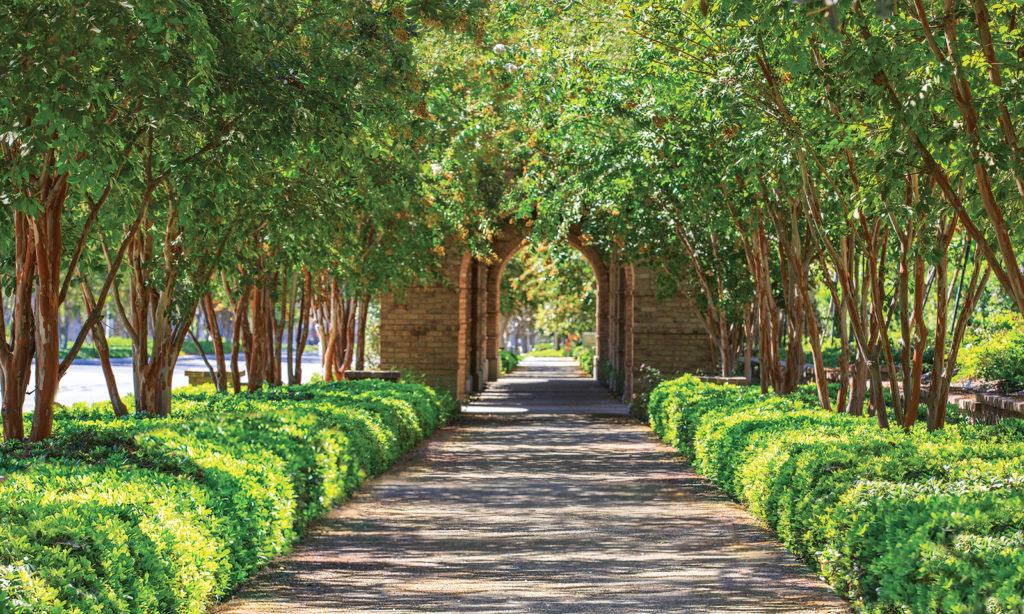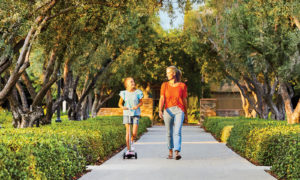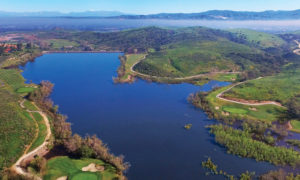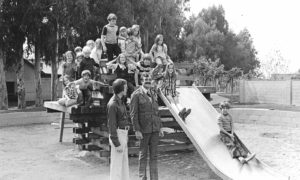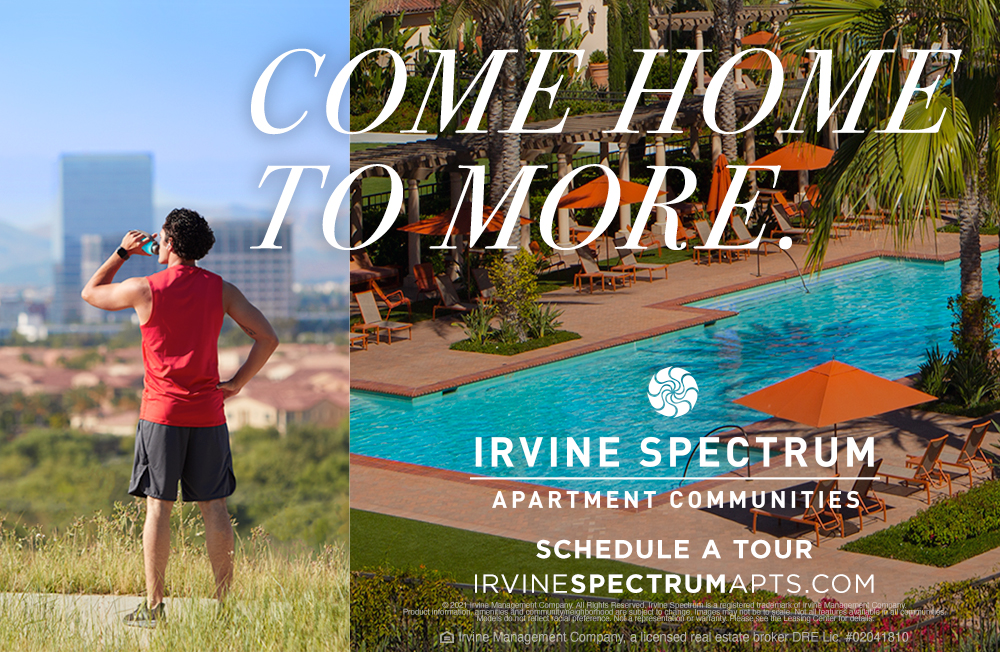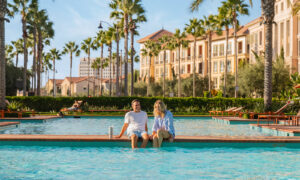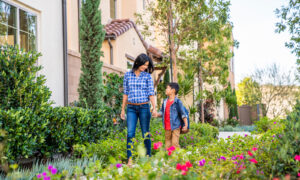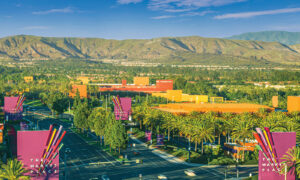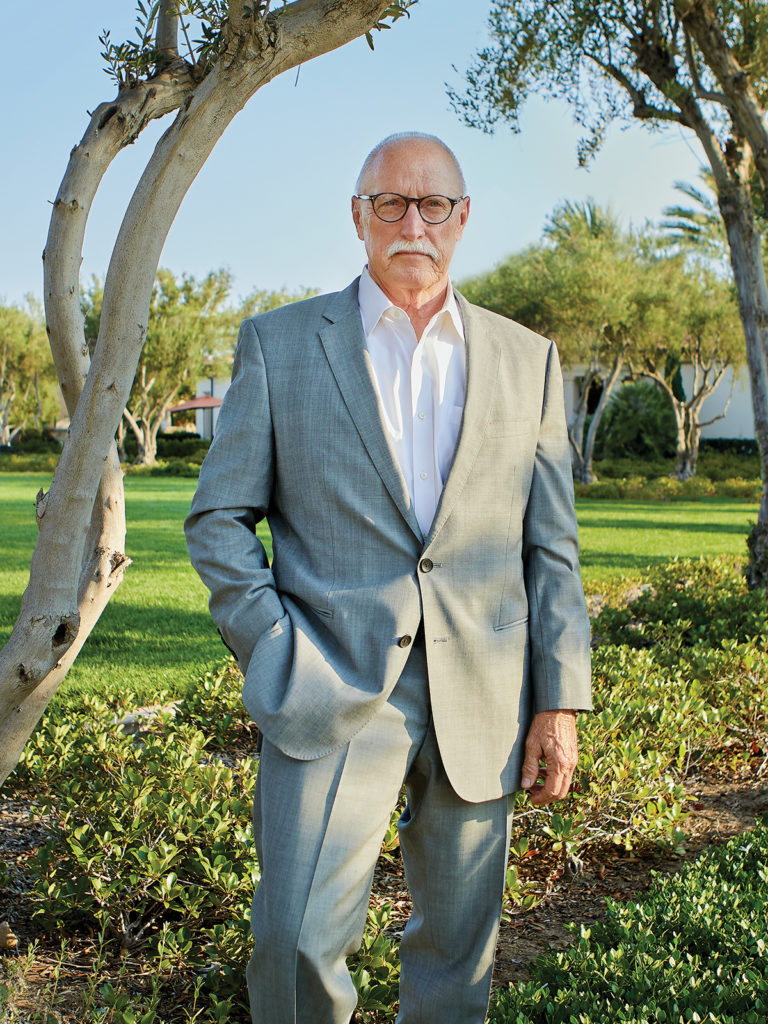
I always know when I’m in Irvine – it’s greener than other cities. The trees are taller. The sidewalks are shadier. The landscaping is lush and layered everywhere I look. And that’s by design. Having spent 34 years of my life helping Irvine Company shape this beautiful city, I can’t help but smile. We had the rare opportunity to create something as it should be and to build it as it should be. In the thousands of cities across America, that’s unparalleled.
Landscapes designed by climates
Where did this opportunity come from?
Land – an entire city’s worth of land – held in single ownership by Irvine Company since 1864. And a Master Plan to create the all-new City of Irvine.
This land guided our every move. It shaped how streets were designed, how a village would feel and – my favorite part – how meticulous landscapes create experiences unique to each neighborhood.
You can feel it as you move across the city.
To the south, Laguna Altura looks and feels coastal – because it is. Pines and cypress thrive in its temperate Mediterranean climate, while its Phoenix palms remind you the ocean is just over the hill. The landscape, and the architecture it complements, feels more like the South of France because that’s what the land and climate determined.
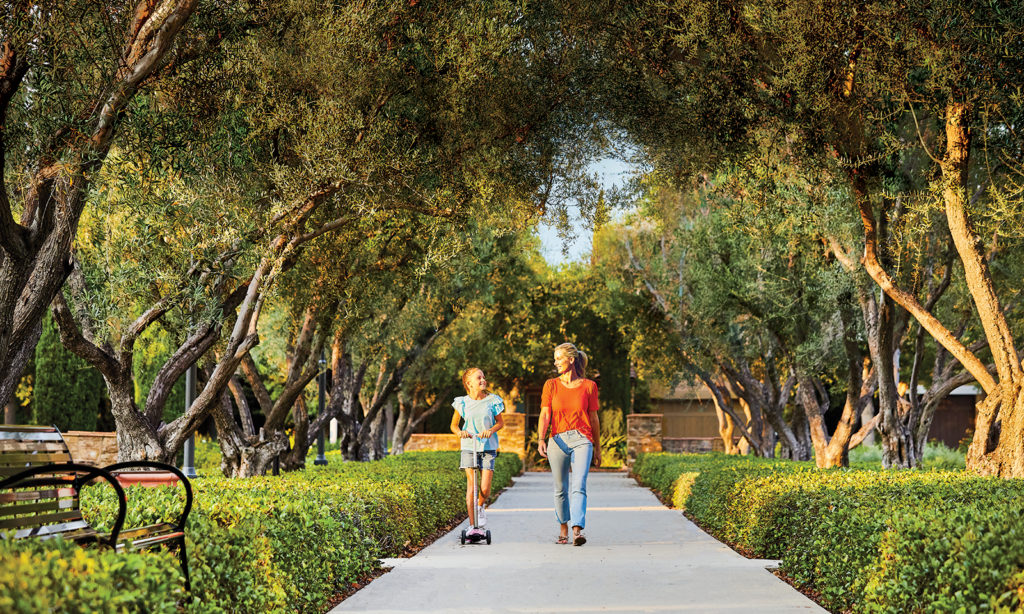
Farther north, woodlands are the star. Portola Springs – once a booming agricultural hub – boasts 14,000 trees. Heritage oaks create canopies over walking paths and neighborhoods. Massive sycamores grow well in the riparian areas, shading local parks and trails. We also wanted to pay homage to its history, so we planted olive trees as an ornamental expression of its orchard past.
Perhaps my favorite example is the Jeffrey Open Space Trail. Passing through four villages, this 76-acre linear park is planted with 3,000 trees (mostly alders, sycamores and oaks) and 85,000 other plants. Today, students of landscape architecture study the trail as an example of a perfectly designed landscape connecting to the city around it.
The opportunity of space
Creating these experiences was possible because we had the space to plan.
Travel along Culver Drive to see what I mean.
Its paseos are surrounded by fields of grass that transition into layers of perfectly lush landscapes. On either side, towering pines and eucalyptus buffer the built environment.
It’s not just the main arterial roads either. Look at the retail centers. Where else can you sit under a 100-year-old olive tree while enjoying a cup of coffee?
Compare that to unplanned cities: There are few trees to shade the sidewalks, landscaping seems to be an afterthought, and roads are met abruptly by block walls.
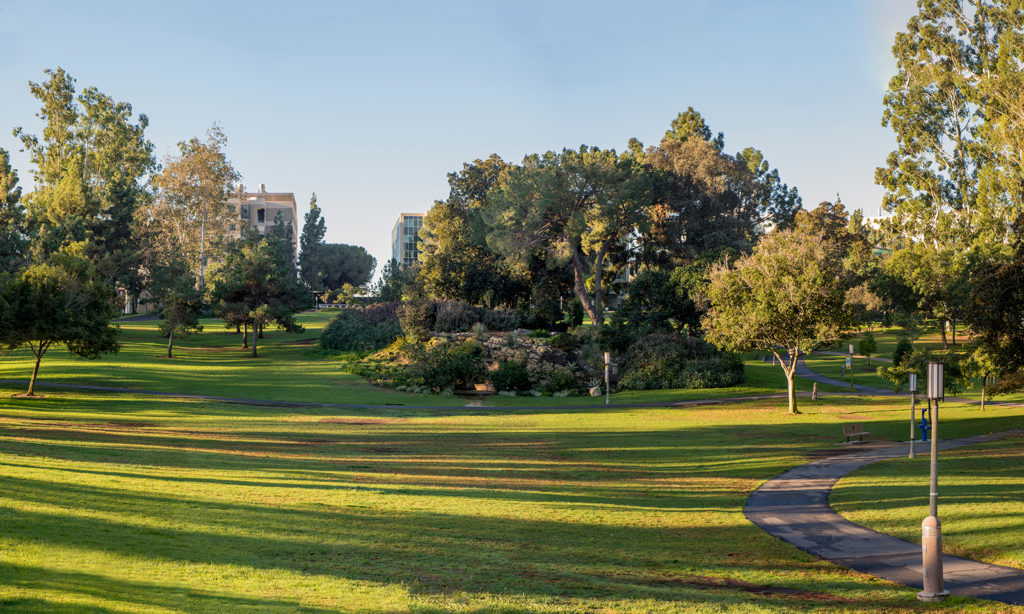
The greenest city in America
These days, I reflect on the environmental benefits that Irvine’s landscape experiences provide.
The city is forested with more than 550,000 trees – an extraordinary collaboration between the Company and the City of Irvine.
Not only did Irvine Company plant hundreds of thousands of trees in residential villages, it planted 14,000 trees in its retail centers, 40,000 trees in its office campuses and 51,000 trees in its apartment communities.
These canopies lower temperatures around them by up to 15 degrees and add 71 tons of oxygen each year into the air we breathe.
The Irvine Master Plan, which was written in the 1960s, predicted that “Irvine will be a place where both nature and people will thrive.”
Our trees, landscapes and wide open spaces prove that statement true more than 50 years later.
Richard Roy helped design 12 Irvine villages as a landscape architect for Irvine Company.
Where Nature & People Will Thrive
Today’s green and healthy living environments can be traced back to Irvine Company’s decision to create a Master Plan to guide sustainable development of its 93,000-acre Irvine Ranch and the all-new City of Irvine. Sixty percent of The Irvine Ranch has been protected as open space and parks, while 40% has been master-built into lushly landscaped communities planted with hundreds of thousands of trees. This balance makes Irvine’s environment cooler, cleaner and more enjoyable.

